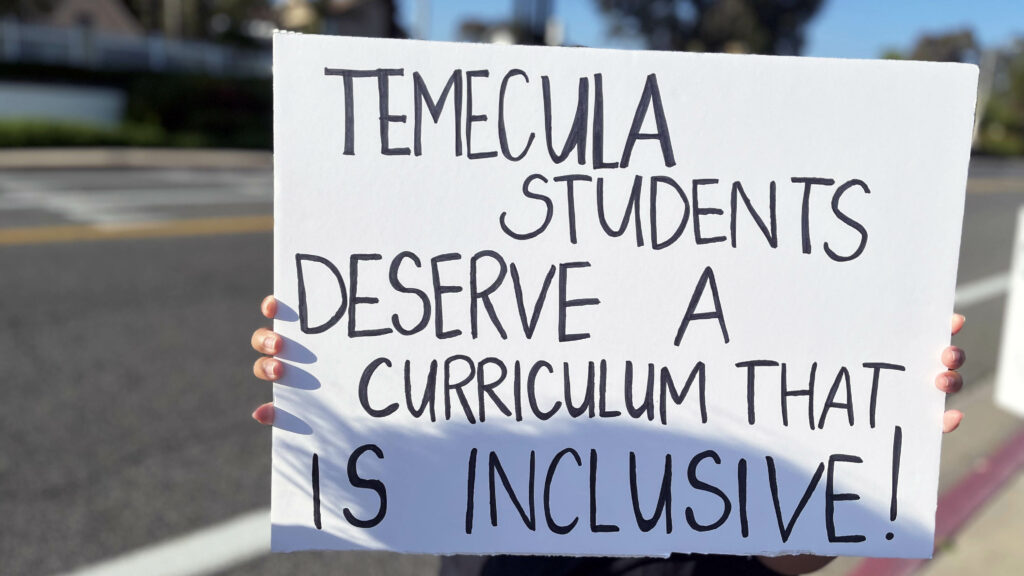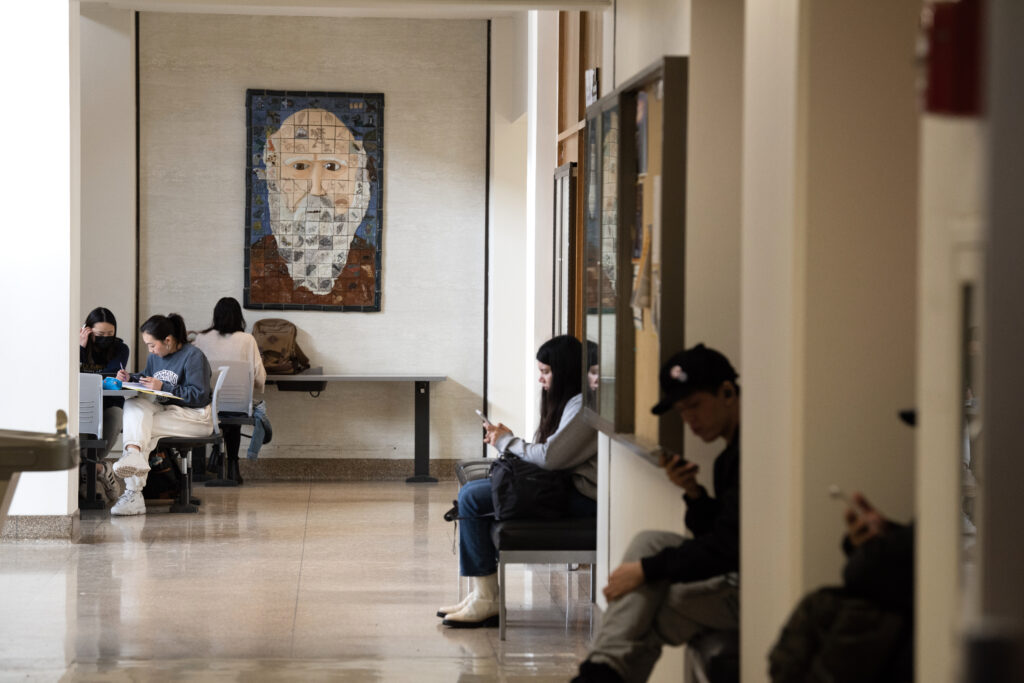Gary Rayno is a veteran journalist who writes about politics and government in New Hampshire. He knows more about school finance than most members of the State Legislature.
He wrote recently about the nefarious plan to privatize public funding and undermine public education in the Granite State, even though 90% of the students in the state attend public schools. New Hampshire has an unusual problem with a libertarian party called “Free Staters,” who don’t want government to pay for anything. They are well represented in the legislature.
He wrote:
If you watched the House session Thursday, you had to realize the message the Republican majority is sending on public education.
Republicans quickly passed expanding Education Freedom Accounts, or vouchers, that will cost the state’s taxpayers well over $110 million for the next biennium with most of the money going to higher-income parents who currently send their children to religious and private schools or homeschools.
The expansion to vouchers-for-all has been a goal of the Free State/Libertarian controlled GOP for some time and they are likely to reach this year by daring Gov. Kelly Ayotte to veto the budget package, something she is not likely to do although she wanted the students to actually attend public schools before they join the EFA program with few guardrails and little academic accountability.
Instead much of the debate was over two bills that would significantly change the educational environment in public schools.
Senate Bill 72, would establish a parental bill of rights in education, and Senate Bill 96 would require mandatory disclosure to parents. And for good measure they added Senate Bill 100 which could cost a teacher his or her teaching credentials if they violate the divisive concepts law and school districts could be fined $2,500 plus attorneys’ fees and court costs.
The second offense is a permanent ban from teaching and school districts would have to pay a $5,000 fine and the penalties for third-party education contractors are even more onerous.
The state is prohibited from enforcing the law because a US District Court judge found the law unconstitutionally vague and the changes in Senate Bill 100 do nothing to change that except encourage more litigation.
These are just the latest attempt to convince the state’s residents that public schools are filled with far left teachers who want to indoctrinate students, to shield LGBTQ+ students from their parents and to encourage deviant behavior.
Nine-nine percent of parents with children in the public schools would tell you that is not true and the other 1 percent are in the New Hampshire legislature or related to someone who is.
Public schools are not perfect but the Free State/Libertarian talking points about public education are not being created in New Hampshire. They are the work of far-right think tanks like the Heritage Foundation, the Cato Institute and American Legislative Exchange Council, the same groups that generate the wording for these bills.
The legislature has not addressed the real problems facing public schools, but have instead been exacerbated by the GOP controlled legislature. The bills passed this session have created more work for educators and school boards and they divert time and money away from educators’ first responsibility: to educate students and prepare them to survive and compete in today’s world.
The elephant in the room is the lack of state funding for public education at the elementary, secondary and postsecondary levels where the state of New Hampshire, one of the wealthiest per capita in the country, is dead last behind such educational meccas as Mississippi, Alabama, Louisiana, Arkansas, Missouri and West Virginia.
Public schools do not need to spend more money for their educational system that continually ranks near the top nationally, but the state needs to pay its share of the cost which nationally averages a little less than 50 percent.
In New Hampshire local property taxpayers pay 63 percent of the cost of public education, while the state contributes 28.8 percent, leaving a little over 8 percent for the federal government to contribute, the 45th lowest for states.
Property taxes pay about 70 percent of the cost of education when you add in the Statewide Education Property Tax which is included in the state’s share although it all comes out of property owners’ pockets.
This legislature did two things to address the funding issue this session, one would be to bring the Statewide Education Property Tax collection methods in line with a superior court judge’s ruling that requires the property wealthier communities to turn their excess revenue not needed to cover the cost of an adequate education for their students over to the state and to stop the Department of Revenue Administration from approving negative local education property tax rates allowing unincorporated places to avoid paying the statewide property tax.
That action does not require any more state money and in fact increases state revenue by about $30 million.
The Legislature increased spending on special education in the second year of the biennium, but the Senate budget reduced that figure by $27 million.
Just a few years ago, the Education Trust Fund, which pays for state adequacy grants to public and charter schools, special education, building aid and several other educational needs, had a surplus approaching $250 million, but since that time the EFA program has also drawn its money from the same source of funds totally $76 million through this school year.
The additional draw from the EFA program and declining state revenues have combined to substantially change the financial picture. At the end of this fiscal year at the end of the month, the surplus will be around $100 million.
At the end of the upcoming biennium the surplus in the Senate’s budget will be less than $20 million, with the fund in deficit under the House’s budget, and $14 million in the governor’s plan.
All three plans reduce the percentage of state revenues that go into the Education Trust Fund and increase the amount going to the state’s general fund.
Drying up the Education Trust Fund was a plan hatched long ago to have vouchers competing with public schools for state education money. When that happens, if you think your property taxes are too high now, just wait until the money goes to the voucher program first before adequacy grants to school districts.
The Free State/Libertarians have long sought to have public schools house only special education students and kids with disciplinary programs. The rest of the students and their parents will be on their own to find and pay for their education, meaning the rich will do just fine and everyone else will scramble to find an inferior education they can afford.
That is a pathway to retaining the oligarchy.
Another significant issue facing public education is the dearth of teachers as many school districts cannot find certified teachers to hire and instead have to rely on non-credentialed personnel or para educators to fill the gap.
See above and and you could reasonably ask, with these kinds of bills that put teachers between their students and their parents and make schools less than safe spaces for many kids, who in their right mind would want to be an educator.
At last week’s session, Rep. Stephen Woodcock, D-Center Conway, a retired teacher and school principal, said “Parental rights go hand in hand with parental responsibilities. It is not a teacher’s responsibility to do the parents’ job, which is talking with their children.”
And you could argue that public education ought to be more rigorous than it is now, but society has pressured schools to “make every child succeed,” and that translates into lower academic standards.
And that describes the new state education standards recently approved by the State Board of Education in the name of competency-based education.
If this group of legislators continue to control the agenda, it will not be long before public education will be in tatters, which will suit them fine.
But with about 90 percent of the state’s children in the public school system, it is hard to believe that is their parents’ or their desire.
















